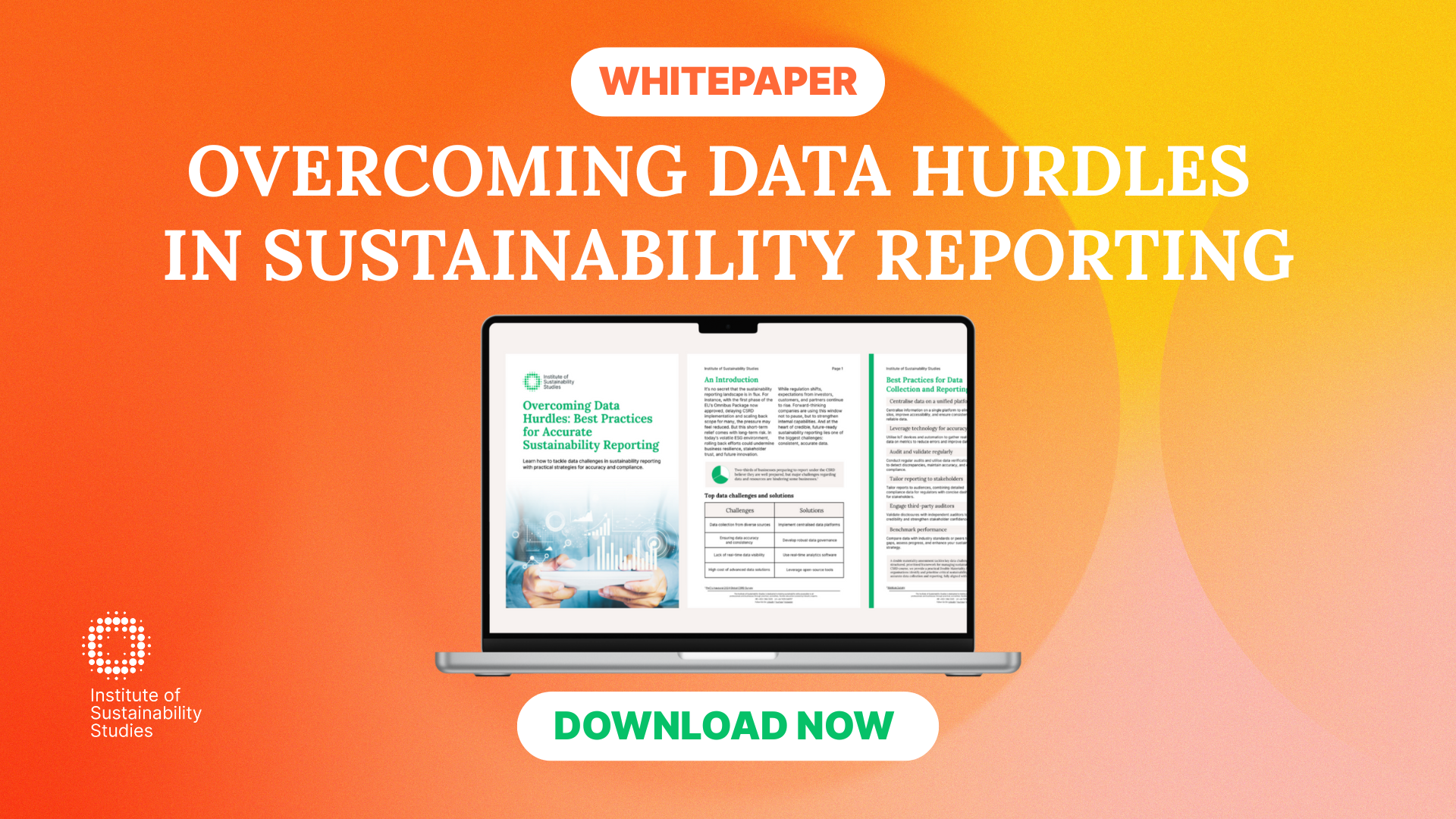We desperately need to transition to a low-carbon economy, a crucial step for environmental sustainability. According to the Intergovernmental Panel on Climate Change (IPCC), emissions from fossil fuels are the main cause of global warming. In 2018, 89 percent of worldwide CO2 emissions came from fossil fuels and industry. Decarbonising will see us eliminate our carbon dioxide emissions so we can save the planet.
Focusing on this will see us alleviate global warming, which is a crucial step for limiting the climate crisis. Everyone has a role to play in the decarbonising journey, but what is the role of SMEs in decarbonising the global economy? Continue reading as we explore trade barriers to the low-carbon transition and how SMEs can help.
Transitioning to a low-carbon economy
The transition to a low-carbon economy is happening in different environments at various paces. The Rio+20 Conference revealed efforts led by innovation and researchers, civic society, the corporate world, and governments are occurring at different levels. They are not necessarily all following the same path, but their goal is the same.
Businesses face numerous challenges operating within the risks and uncertainties surrounding a low-carbon transition. There are two other factors to think about in this transition. Those are civil society and citizens’ demand and innovation activity, and frontier research. In saying that, the green momentum continues to accelerate, with companies and governments continuing to push green projects and mandates.
For instance, the planning and building of green cities in China and the Middle East and Australia and New Zealand instilling the Emission Trading Schemes. As the world continues to become greener, the community and businesses are demanding to understand how to measure their progress toward this goal. Indicators are increasingly important today.
They act as a type of evidence-based framework that can educate practical programmes to achieve the community’s dreams of a greener planet. Monitoring and understanding progress towards sustainable growth must be tracked at both international/national, and local levels. The effects of climate change will be variable at a local level.
Additionally, the effects of addressing this crisis will be distributed differently across regions and particularly evident in labour markets. For instance, the transition to a green economy does not equate to job losses. Rather, there are some barriers that must be overcome to achieve a successful transition. Local and national strategies must be aligned toward sustainable growth.
In addition, SMEs face their own set of challenges when it comes to decarbonising and achieving net zero. The transition to a green economy will require vast leaps in renewable electricity generation, the development of innovative, cutting-edge technologies, and energy efficiency. While there will be challenges, there will be major opportunities for growth.
The barriers to net zero and challenges SMEs face
The main barriers SMEs encounter when working towards a net zero future include cost, supply chain emissions, and measuring their impact. As we know, SMEs are small organisations and do not always have a lot of resources to hand. Additionally, they were hard hit by the COVID-19 pandemic. Going green requires SMEs to spend money. At the same time, they probably feel inclined to preserve the budget they have to restore their business following the pandemic.
Greening your operations may be more expensive, but it can be more cost-effective in the long run. For instance, if you switch to a 100 per cent renewable energy supplier, you will reduce emissions significantly, and it may also be cost-effective for your organisation. This is a small step that can have a significant impact on your carbon footprint. If you are at the beginning of your net zero journey, you may have to do an overhaul of your current business practices and infrastructure.
Financial assistance is available, but it is understandable why this is a daunting task for SMEs. Along with cost, supply chain emissions are also a major challenge for SMEs. Tackling this requires more than simply curbing emissions. Rather, it is about building a green supply chain; this is not always a straightforward process. It takes resources, effort, and time. The benefits of doing so are very clear, but it still can seem like a big undertaking whilst balancing growing a business.
The final barrier SMEs encounter when it comes to achieving net zero and aiding the transition to a low-carbon economy surrounds measuring impact. As we’ve made clear in numerous other articles, it is so important to measure the impact the changes you implement are having. For a lot of small businesses, they know it is important to do this, but they do not know where to begin. Luckily, there are a lot of tools out there, like carbon calculators, that can help make this easier for small businesses. These tools also allow SMEs to set climate goals simply to help them on their road to net zero.
How SMEs can help us decarbonise the global economy
Both small and medium-sized enterprises have a considerable role to play in addressing climate change. As a major contributor to industrial emissions, SMEs are often left out of worldwide climate strategies. However, they must be treated like small countries and considered if we are to decarbonise the global economy.
The Organisation for Economic Cooperation and Development (OECD) reports that SMEs are responsible for between 60 and 70 percent of industrial pollution. This is just in Europe alone. Therefore, reaching a net zero future will not be possible without a solid worldwide SME decarbonising strategy.
They are an important part of our worldwide supply chains, but too often, SMEs are not included in discussions surrounding decarbonisation. These discussions generally only seem to occur at the local level. To put it into perspective, Southeast Asia has over 70 million SMEs, and they account for roughly 97 per cent of all the region’s businesses.
In addition to that, they account for at least 29.7 million tonnes of carbon emissions annually. This amount is more than the whole of Cambodia and Brunei’s yearly emissions combined. With this in mind, it is apparent SMEs are a crucial force when it comes to fighting the climate crisis we are currently facing.
To rapidly decarbonise the globe, we require leadership at each and every level of the economy. With SMEs representing a large amount of economic activity and job creation, it is essential they take steps to tackle climate change, become resilient, and future-proof their businesses.
The impact of one small organisation may seem minimal when next to the heaviest polluters and largest corporations. However, together SMEs make up 90 percent of businesses globally. They are a force to be reckoned with. This is especially the case when you consider they affect the livelihoods of more than two billion people.
Large corporations are under immense pressure to reduce their emissions, and the pressure will soon focus on SMEs too. Curbing emissions and decarbonising at the SMEs level have many advantages. For one thing, it helps to establish a more resilient supply chain. This is especially the case when you consider how severe and uncertain the impacts of the climate crisis are becoming.
How to encourage green growth
Small and medium-sized businesses already work overtime for us. They boost our economy, support our communities, offer local jobs, establish gathering spaces, and much more. Addressing and prioritising sustainability and minimising their carbon emissions across their supply chains could come across as a challenging and overwhelming request. However, there is a lot of support out there that can encourage green growth and help SMEs decarbonise the globe.
For instance, the SME Climate Hub, which we’ve spoken about previously. The Hub offers tools, incentives, and resources needed for SMEs to take climate action and lead the pathway to net zero for others to follow behind. Current members have only spoken highly of the Hub for helping them to tackle climate change. The members have shared advantages, such as making the commitment to halve emissions by 2030, so we can achieve net zero by 2030.
Additionally, gaining a competitive advantage by incorporating sustainable practices and adopting climate goals. Moreover, managing their business risk and being part of a larger community that strives for positive change. Since the inception of the Hub, it has grown very quickly into a coalition. The Hub has more than five thousand businesses worldwide under its portfolio.
Summary
SMEs are crucial in our journey to move to a low-carbon economy and achieve net zero. They account for a large number of industrial emissions but are so often forgotten about when discussing reducing global emissions. These small businesses already do so much for our economies and are the backbone of our communities.
They have the ability to pave the wave for other larger corporations to follow. However, they face many challenges or barriers to following this pathway. In saying that, it is a crucial step they must take to help the planet and protect their business. Just because they are small businesses does not mean they cannot have a significant impact.
Dedicated to harnessing the power of storytelling to raise awareness, demystify, and drive behavioural change, Bronagh works as the Communications & Content Manager at the Institute of Sustainability Studies. Alongside her work with ISS, Bronagh contributes articles to several news media publications on sustainability and mental health.
- Bronagh Loughlinhttps://instituteofsustainabilitystudies.com/insights/author/bronagh/
- Bronagh Loughlinhttps://instituteofsustainabilitystudies.com/insights/author/bronagh/
- Bronagh Loughlinhttps://instituteofsustainabilitystudies.com/insights/author/bronagh/
- Bronagh Loughlinhttps://instituteofsustainabilitystudies.com/insights/author/bronagh/









